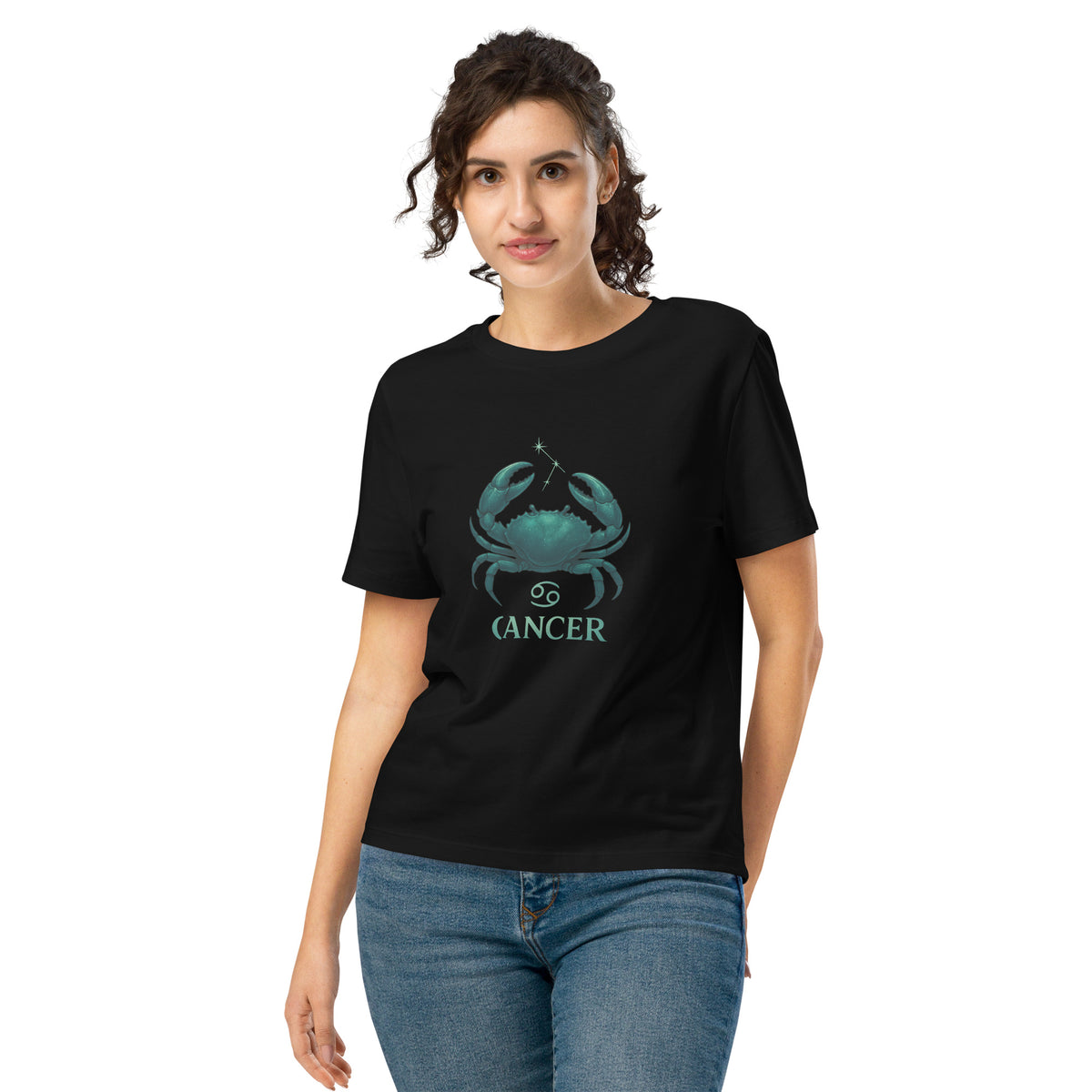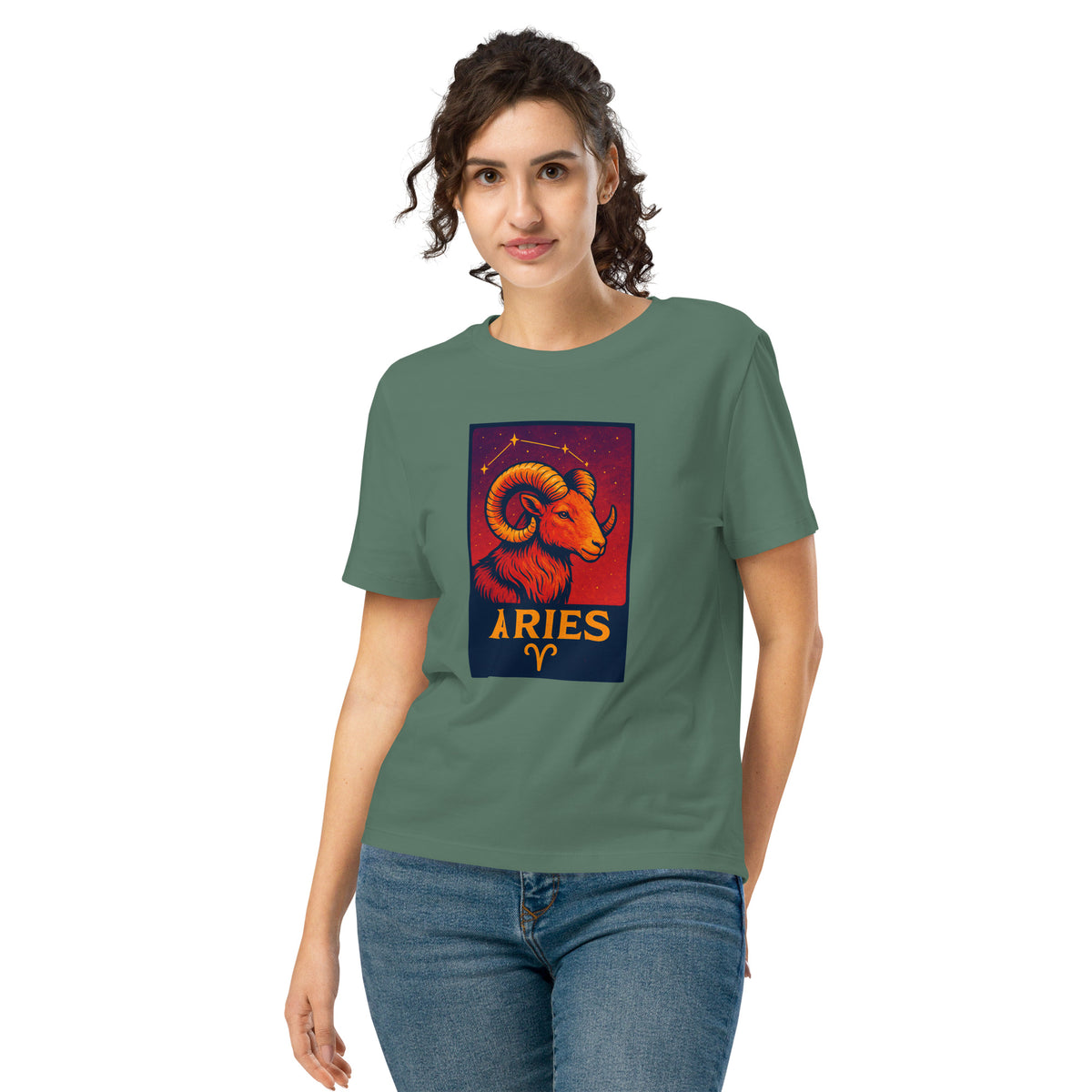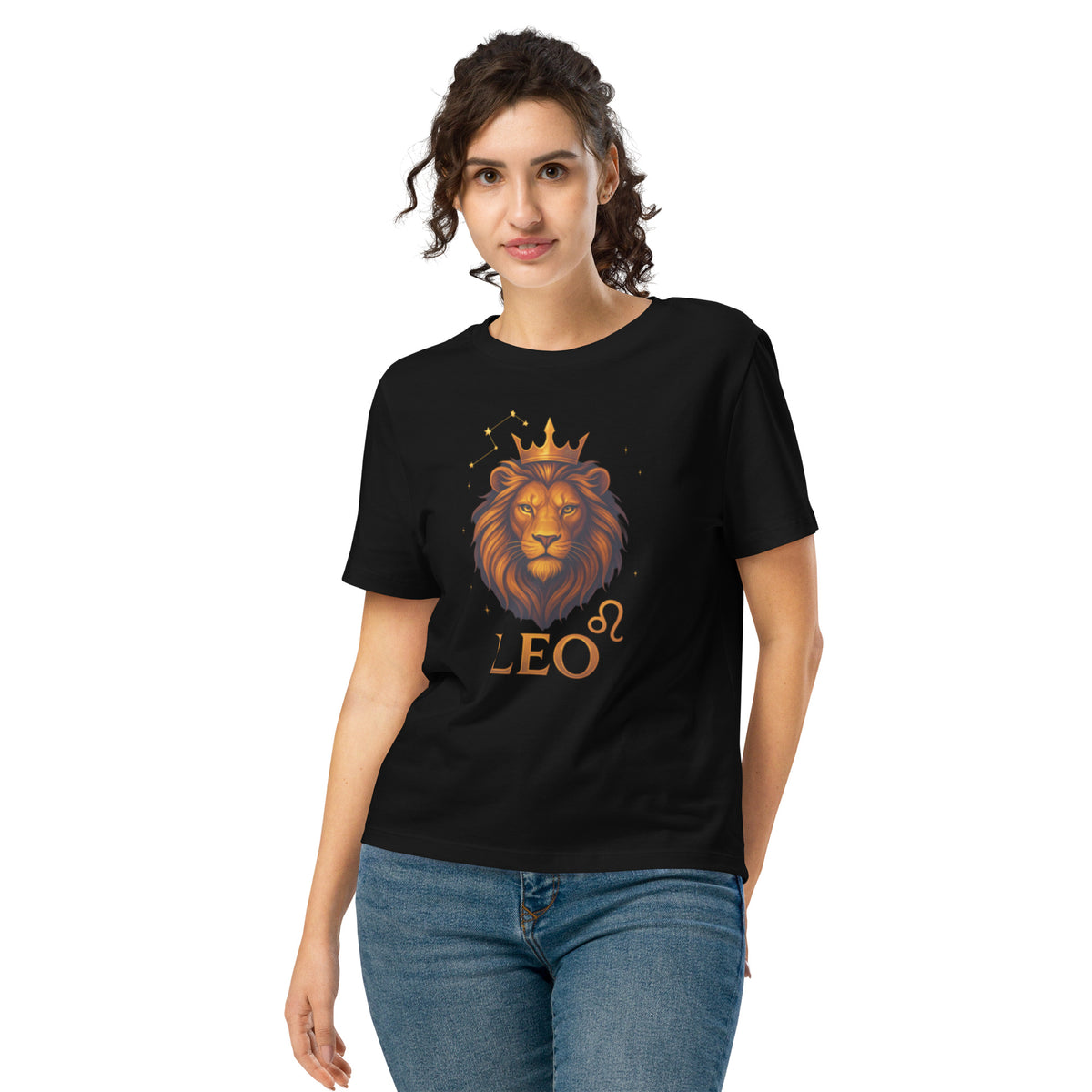In recent years, sustainable fashion has gained significant traction as more individuals become aware of the environmental impact of the fashion industry. However, despite its growing popularity, there are still many misconceptions surrounding sustainable fashion practices. Let's unravel some of these myths and explore how embracing sustainability in style can be both rewarding and impactful.
Myth 1: Sustainable Fashion is Unaffordable
One of the most common myths is that sustainable fashion is too expensive for the average consumer. While it's true that some sustainable brands may carry higher price tags, this is not always the case. Sustainable fashion emphasizes quality over quantity, meaning that investing in high-quality, sustainable pieces can save you money in the long run. For example, the Twisted Fate organic high neck t-shirt is crafted from organic materials, which often endure longer, thereby reducing the need for frequent replacements.
Myth 2: Sustainable Fashion Lacks Style
Some people believe that sustainable clothes are dull or out of touch with current trends. However, sustainable fashion is incredibly diverse, offering options that are both chic and eco-friendly. Take the Women's Oversized Heavyweight Twisted Fate Hoodie, for instance. This piece combines contemporary design with sustainable fabric choices, allowing you to stay on trend while minimizing your environmental footprint.
Myth 3: Sustainable Fashion is Difficult to Find
Contrary to popular belief, sustainable fashion isn't hard to access. Many brands are increasingly dedicated to offering sustainable choices, and online platforms, like Satterwhite, make it simple to explore a wide range of sustainable products. Being proactive in researching and supporting sustainable brands makes finding these eco-friendly options easier than ever before.
Myth 4: All Products Labeled "Sustainable" are Truly Eco-Friendly
It's important to practice critical thinking when purchasing products labeled as sustainable. Not all products marketed under this term adhere to stringent sustainability standards. Educating yourself about certifications and the sourcing of materials can help distinguish genuinely sustainable products from those that are simply green-washed. Platforms that prioritize transparency, such as Satterwhite, can guide making informed choices by providing comprehensive details about the materials and production processes used.
Conclusion
Ultimately, transitioning to sustainable fashion doesn't require an extreme lifestyle change. Small, incremental shifts can lead to a significant impact. By dispelling these myths, we hope to encourage individuals to make more informed, sustainable choices in their fashion journeys. Visit Satterwhite to explore sustainable fashion options that combine style, quality, and environmental consciousness.
By making informed choices and supporting brands committed to sustainable practices, you can help drive the fashion industry toward a more sustainable and inclusive future.




0 comments